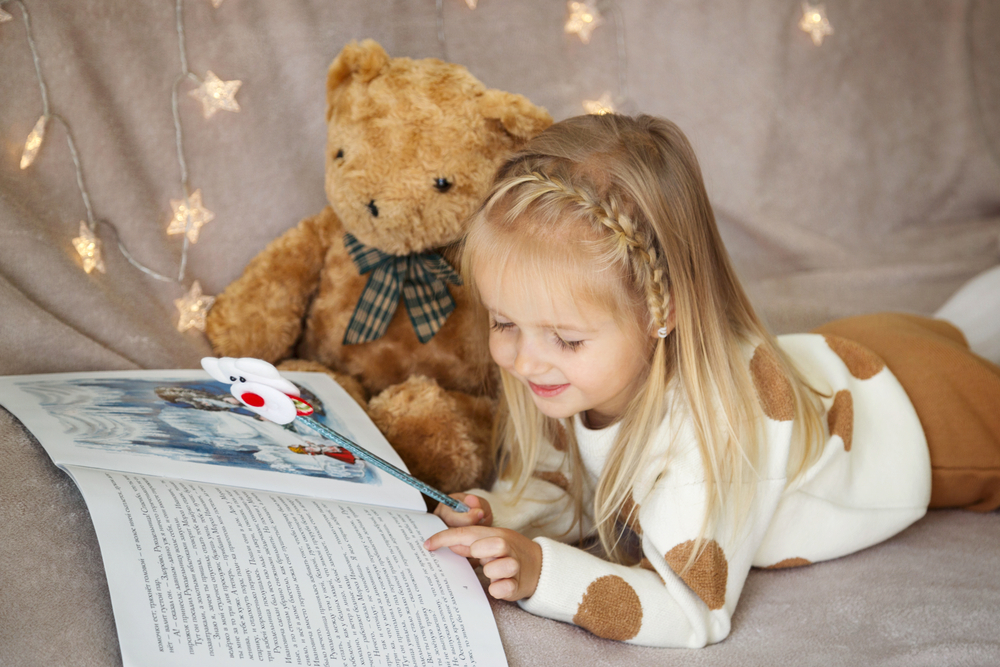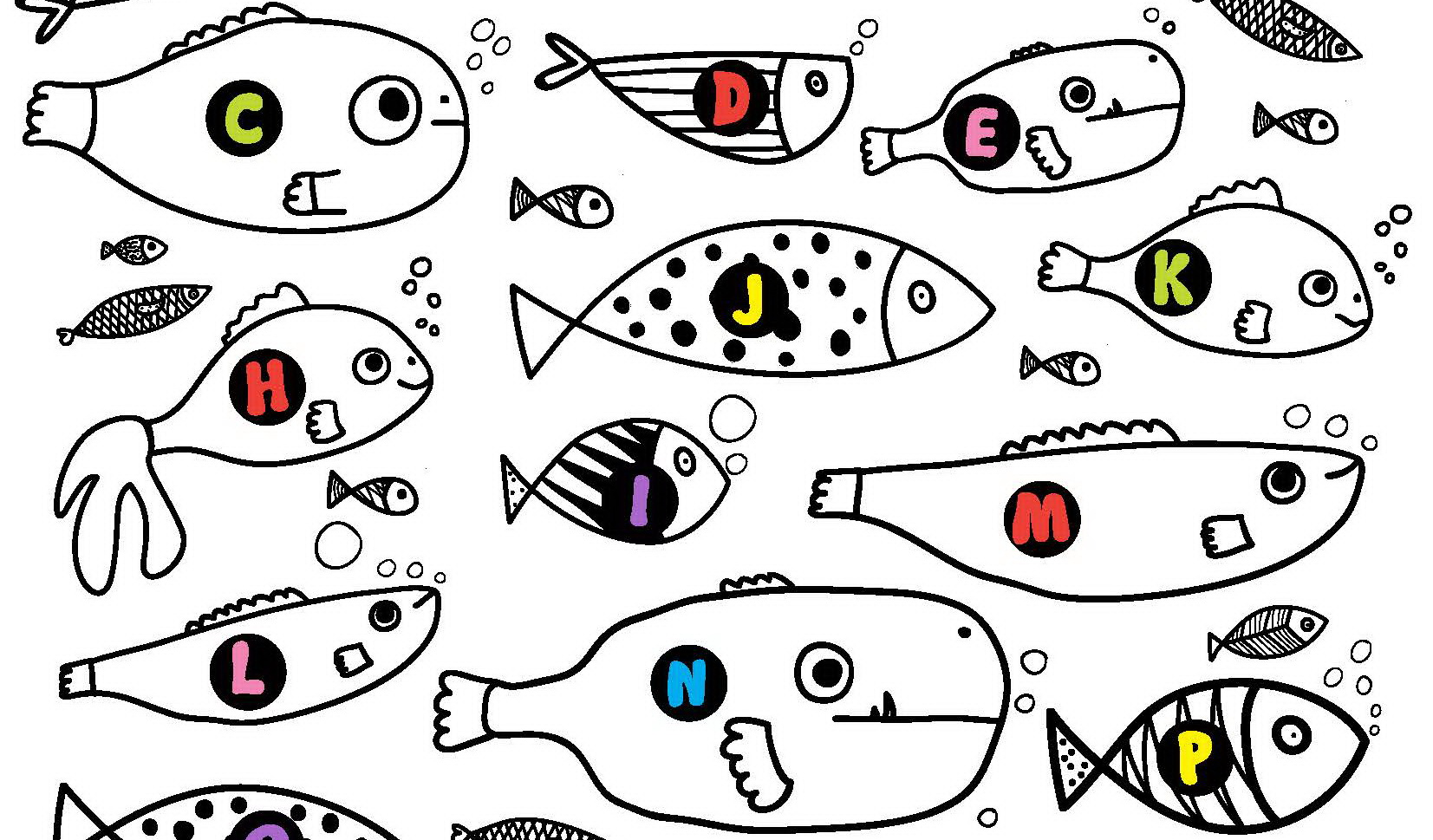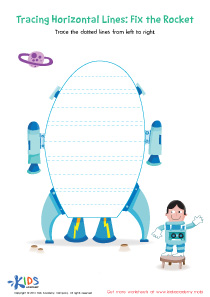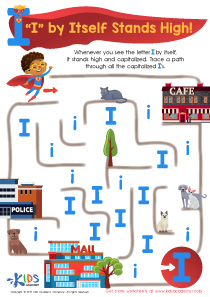Alphabet familiarity Normal Letter Recognition Worksheets for Ages 6-7
6 filtered results
-
From - To
Boost your child's reading skills with our fun and educational Alphabet Familiarity Normal Letter Recognition Worksheets designed for ages 6-7. These engaging worksheets help students identify and recognize letters through various interactive exercises. Perfect for building a strong foundation in letter recognition, our worksheets include activities like matching letters, tracing, and identifying letters in words. They cater to diverse learning styles, ensuring that every child can effectively grasp the alphabet. With colorful illustrations and intuitive designs, our worksheets make learning a delightful experience. Set your child on the path to reading success with our expertly crafted Alphabet Familiarity worksheets!
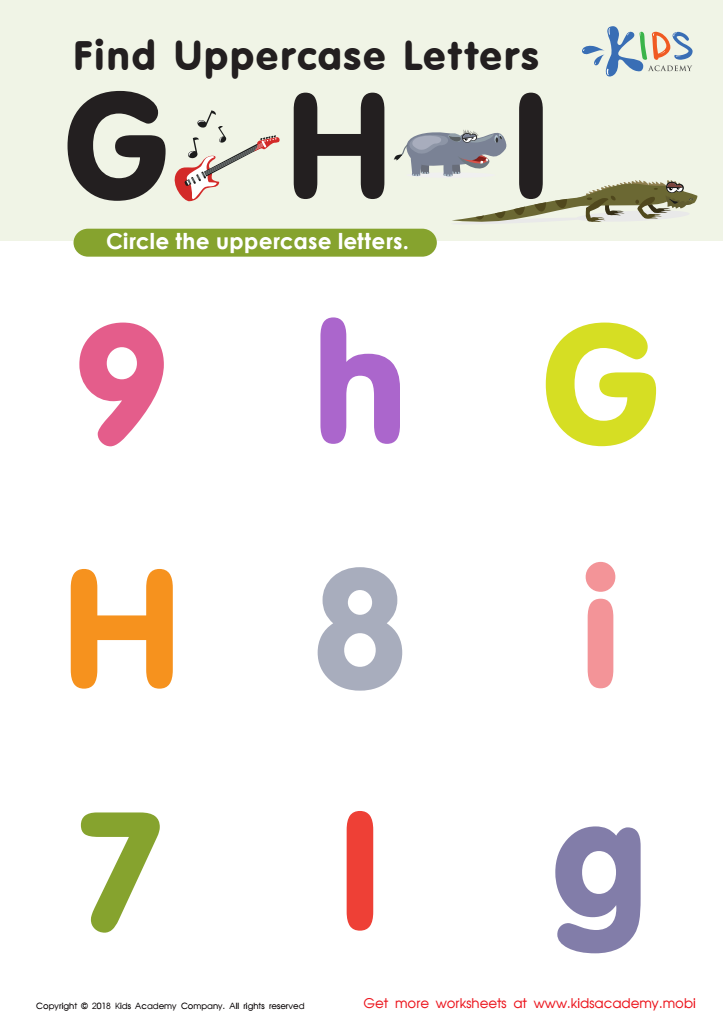

Find Uppercase Letters G, H, and I Worksheet
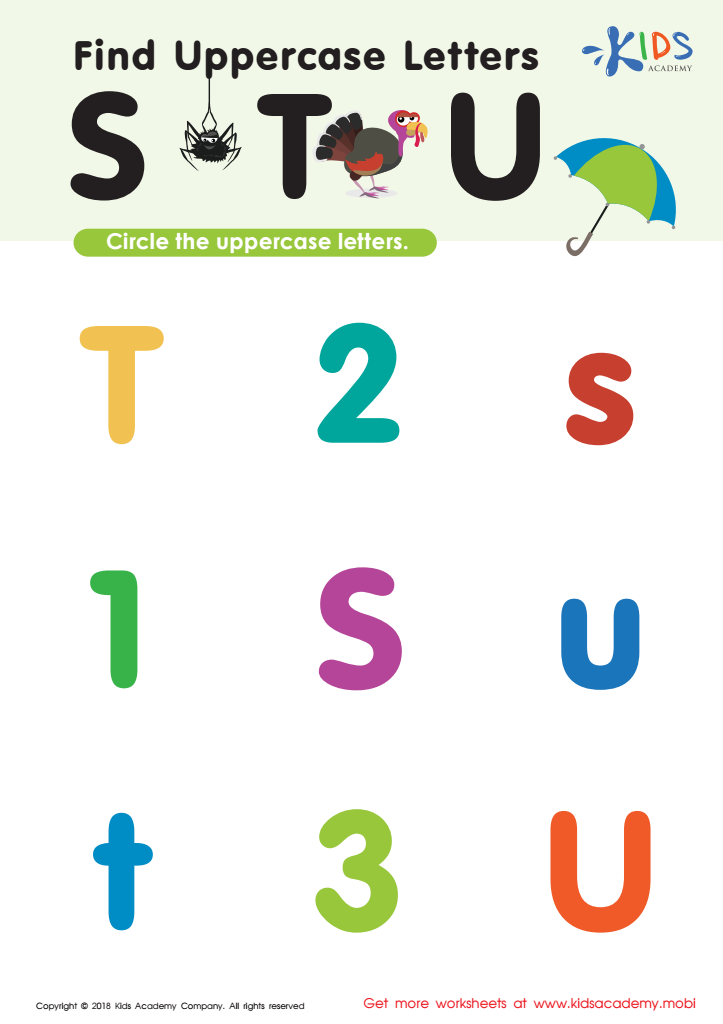

Find Uppercase Letters Worksheet


Find Uppercase Letters J, K, and L Worksheet
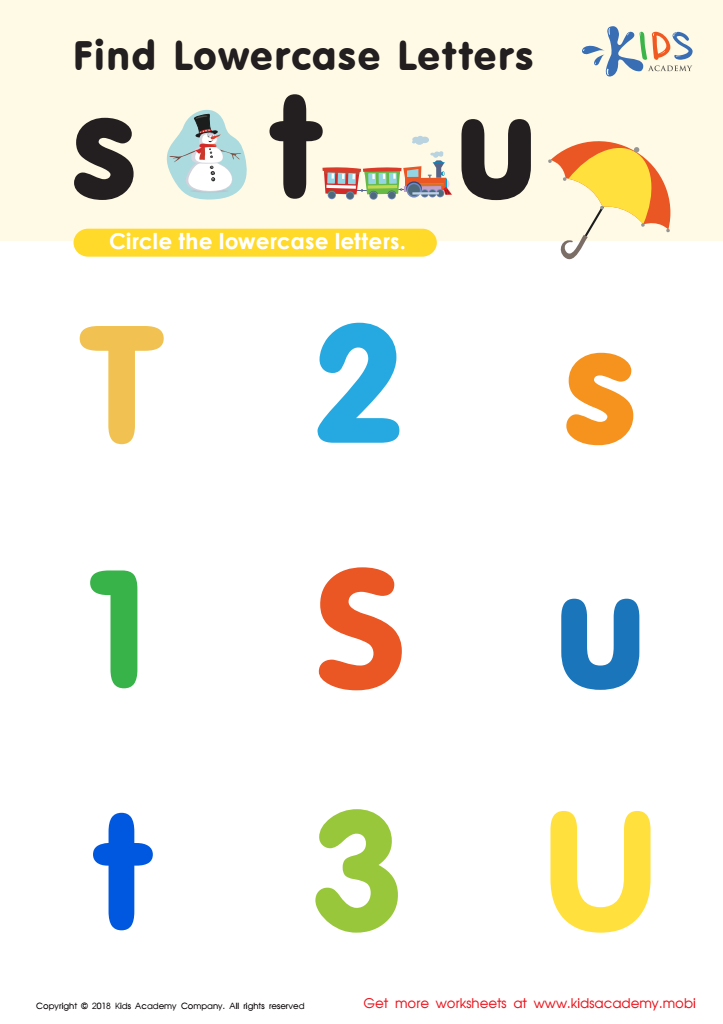

Find lowercase Letters s t u Worksheet
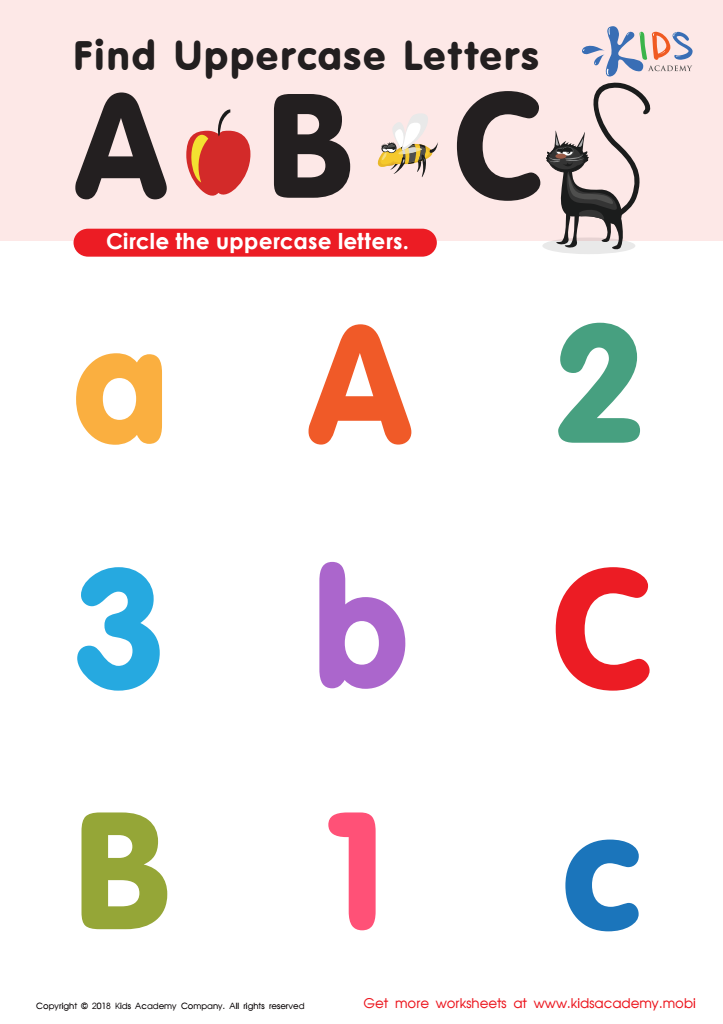

Find Uppercase Letters A, B, and C Worksheet


Find Lowercase Letters v w x Worksheet
Alphabet familiarity and normal letter recognition are foundational skills for children aged 6-7, as these are crucial years for developing reading and writing abilities. At this age, children transition from recognizing individual letters to understanding how letters combine to form words. Ensuring that a child is familiar with the alphabet helps in creating a solid framework for phonemic awareness, which is an essential precursor to effective reading skills.
When parents or teachers emphasize alphabet familiarity, they not only aid in letter recognition but also support a child’s phonological processing. This involves recognizing the sounds that each letter and letter combination make, which is vital for decoding new words, enhancing vocabulary, and developing fluent reading skills. Reading fluency, in turn, significantly affects a child’s comprehension abilities and overall academic performance.
Additionally, early proficiency in letter recognition contributes positively to a child's confidence and eagerness to engage with educational materials. By focusing on these skills, parents and teachers lay a crucial groundwork that supports future learning endeavors, promoting long-term academic success. Investing time in letter recognition and alphabet familiarity at an early age is not merely about learning to read, but about empowering children with the tools they need for lifelong learning and communication.

 Assign to My Students
Assign to My Students




